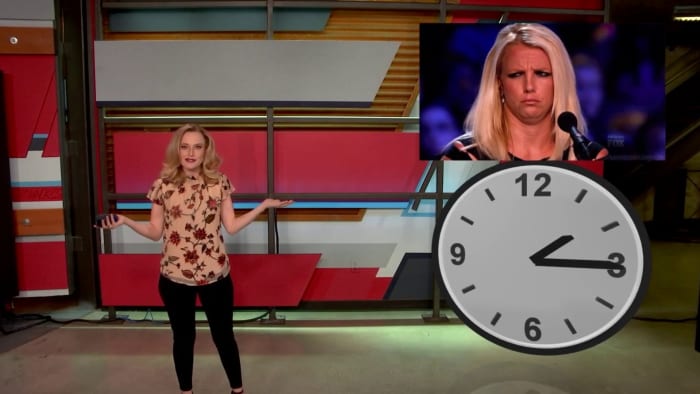
SAN ANTONIO – In March 2022, the Senate voted unanimously to pass the Sunshine Protection Act. It would have made daylight saving time permanent across the United States this year. But, the bill never made it to the House of Representatives for a vote.
Last week, Sen. Marco Rubio of Florida reintroduced the Sunshine Protection Act in the Senate. Time will tell whether this bill makes it anywhere.
Read also: Will this be the last time we ‘spring forward’ for daylight saving time?
What would no daylight saving time mean for San Antonio?
Well, first of all, we would no longer need to change the clocks twice a year, losing an hour of sleep in spring. Nice!
Additionally, from early November through early March, the sun would set an hour later than usual. This means brighter evenings, with the earliest sunset occurring closer to 6:30 p.m. rather than 5:30 p.m. as observed with Standard Time.
It also means later sunrises in winter. From late December through early January, the sun would rise close to 8:30 a.m.
The origins of daylight saving time
While many cite Benjamin Franklin as the “Father of Daylight Saving Time,” this is just a bit of an exaggeration from a satirical letter that the founding father wrote during one of his trips to France.
Franklin notoriously made fun of the French for their perceived laziness, as they would sleep in past sunrise. He suggested, as a joke, that the French would save candles by changing their clocks so that people would get up out of bed earlier in the morning. This quirky quip didn’t actually result in the physical changing of clocks.
In reality, people have been suggesting seasonal changes to time-keeping for centuries. But it wasn’t until World War I, when conserving fuel was important, that countries made daylight saving time official.
In order to reduce the need for artificial light and thus save fuel, Germany became the first country to turn the clocks ahead by one hour in 1916. European countries followed, with the United States jumping on board in 1918.
The use of daylight saving time in the United States was inconsistent after the Great War. This led to confusion, prompting the Uniform Time Act of 1966, requiring states that observe DST to begin at 2 a.m. on the last Sunday in April. The law does NOT require every state to observe DST, and to this day, Arizona and Hawaii observe standard time year-round.
Survey says
When we surveyed about 700 KSAT.com readers in 2022 about their thoughts about daylight saving time, more than 94% said they would prefer to stick to the same time year-round.
Nearly 54% of those respondents said they would prefer to have year-round daylight saving time. About 41% said they’d prefer year-round standard time. Only 5% said they like to switch between standard and daylight saving time.
What are your thoughts about daylight saving time? Let us know in the comments below.
